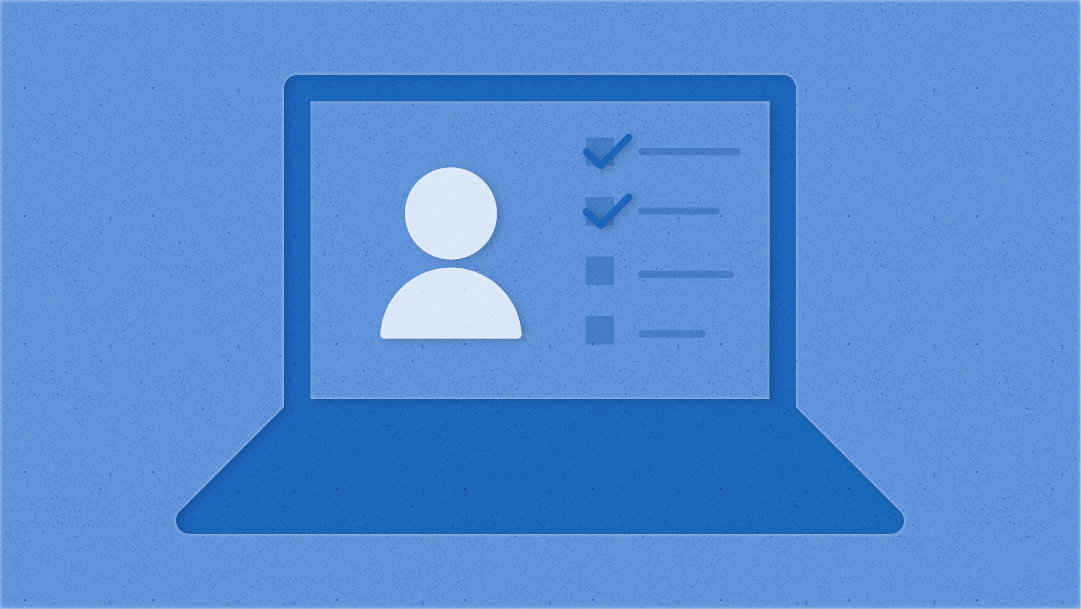Editor’s note: Staying connected with your team and your organization is even more important in these challenging times. Our latest series “How to lead remote teams” explores how you can make the most of the unique communication challenges we’re all facing — so you can keep moving forward in the face of change.
If you’re like many leaders these days, not only are you navigating quickly evolving challenges, but you’re doing so from home — as is your team. Working remotely can make it even more challenging to keep people connected and keep them aligned around the work that’s most critical to your organization at this time.
Here are three ways you can keep your team aligned, productive, and moving forward through change.
1. Stay connected to your team through remote one-on-ones
If you’re a manager, one-on-one meetings with your team members are critical to help you stay connected and keep everything on track. As business conditions change rapidly, those one-on-ones might seem easier to sacrifice in order to accommodate larger meetings on urgent matters. Reschedule if needed, but resist the temptation to cancel one-on-ones with your team. Instead, try these tips for making the most of remote one-on-ones.
-
Schedule a regular day and time to meet. When times are uncertain, a little predictability can go a long way toward making your team members feel supported.
-
Use video. Whenever possible, schedule video conferences with your team members. While a phone call can be more nuanced than an email or chat, using video can help build a connection between the two of you. With video, you’ll be able to read the body language of your team members to see how they are feeling, and seeing them can also provide more context if you’re having a more nuanced conversation.
-
Check in outside of your regularly scheduled meetings. In the office, we are likely to exchange at least a few words with our teammates during the day. To create the same effect with your remote employees, start your day with greeting them over text messages or chat apps and exchanging a few pleasantries. Sign off the same way when you plan to log off for the day. A simple “ping me, if you need anything” will go a long way in making your remote teammate feel connected.
-
Review their work in real time. If you regularly review your team members' work, offer them to do it in real time or walk them through the comments you left in a document over a phone or video call. Such real-time co-authoring or reviewing will help you understand each other’s thinking styles better and will make you feel more connected.
2. Respond to rapid changes — and stay social — with a daily standup
Your team used to collaborate closely while in the office, but now touching base when you get into the office in the morning, or stopping by someone’s desk to check in on the status of a project isn’t an option. One way to maintain both the productive collaboration and the social aspect of your team is through a short daily standup. If you are not accustomed to daily stand ups, now is the perfect time to introduce them. Daily standups are really simple: The whole team meets every morning for a quick status update. When projects in flight are changing quickly due to rapidly-evolving circumstances, standups can become even more critical.
-
Set up daily standups. Set up 20 minutes every morning for a quick video call with the whole team. Consider using your would-be commute time to ensure the whole team can join. Video is essential; seeing each other helps keep the meeting short and on track. Make sure the virtual meeting is easy to access and that everyone can share their screens, if needed.
-
Infuse your standups with energy. When people know what to expect, they tend to lose interest. Since daily stand-up meetings are routine by nature, you need to project energy and vary the routine a bit in order to keep people engaged. Start the meeting with an unexpected question, tell or ask for a joke of the day to lighten the mood, or start the week by asking teammates to recap their weekend highlights.
-
Focus on three main points. To make the most of standups, keep your team focused on three main points:
-
Accomplishments: What did you finish yesterday?
-
Goals: What are you planning to do today?
-
Obstacles: Is there anything that prevents you from accomplishing your today’s goals?
-
-
Connect the dots. If you are a manager, explicitly connect relevant work or nominate team members who can help one another on a specific issue. If someone is experiencing hurdles, suggest a teammate who can help quickly. If multiple folks are working on a similar problem, point that out and suggest they connect and discuss it together.
3. Hold open “office” hours
Managers often don’t have enough time in the day to give the attention they want to to different team members. If your team has switched to working from home and could use some help to adjust to the new normal, consider turning part of your would-be commute time into office hours to connect with your team members who may need advice or additional support.
-
Set up daily office hours. Block time at the end of each day on your calendar for office hours and mark it clearly. Let your team know that you reserve this time for them to connect with you if they need advice beyond regular one-on-ones or text exchanges during the day.
-
Remind the team. During your daily standups, remind the team about your office hours and encourage them to use the time to talk through the obstacles they encountered during the day. Having both daily standups and office hours will help you resolve issues quickly and give teammates enough time to think about your advice before the next morning. Bundling you office hours for your team can also give you back time to stay focused on other tasks.
-
Make office hours productive. If no one shows up, continue your work as usual, but try to keep this time designated to the work of others. This is a great opportunity to review your team’s deliverables, plan for the next team meeting, or work on a team’s project.
Staying connected with your team, even when you’re all working remotely, is possible. With some planning, compassion, and flexibility, you can keep your team aligned, productive, and moving forward through change.
For more tips on leading remote teams, read part two of our series on running virtual stakeholder workshops.
Looking for additional support on how to respond to the COVID-19 pandemic? Explore our COVID-19 response resource center, with free templates, training, community, and content to support your crisis response.






